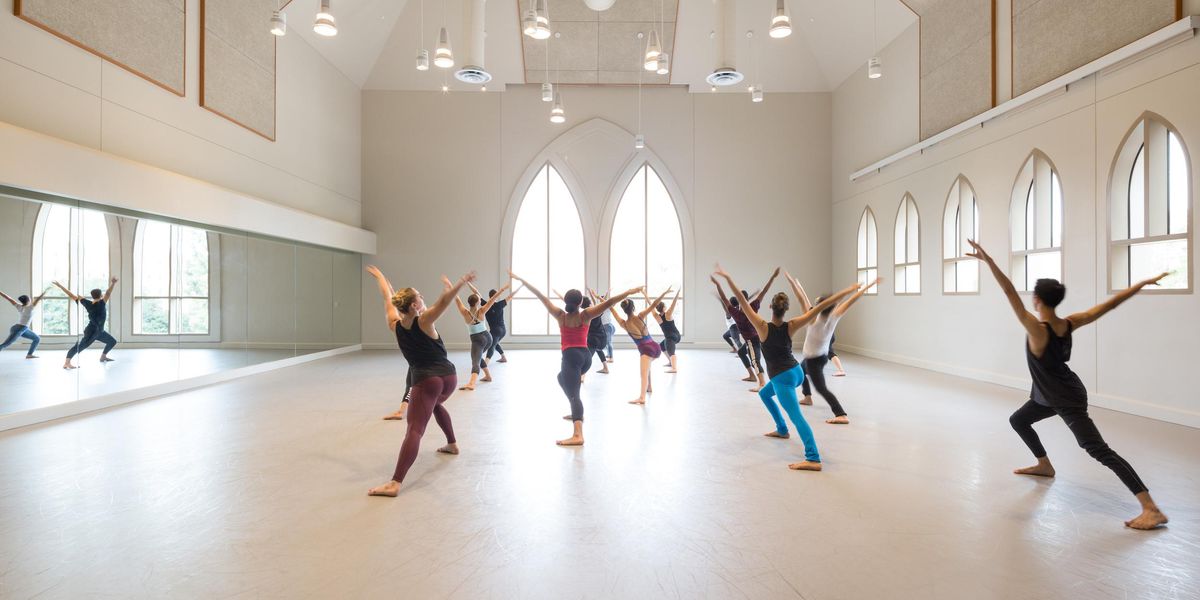Is Ratmansky Changing Our View of the Soviet Union?
Ratmansky’s Shostakovich Trilogy turned out to be that rare thing: a new full-evening ballet not tied to a story, but with enough emotional weight for the audience to feel stimulated and satisfied. It’s a thought-provoking work of art, and it was great to see the audience at the premiere respond to it as warmly as they did to the more obviously entertaining Don Quixote the week before.
Ratmansky made some very interesting casting choices:
The first section: Craig Salstein as a leader or instigator—strong, joyful, bristling with a kind of electricity.
Second section: David Hallberg, with a fashionable black jacket over his bare chest, brooding to the most somber part of Shostakovich’s music. (Hey, what is a rock star doing at the siege of Leningrad?)
Final section: Diana Vishneva and Natalia Osipova as two girls in identical red leotards, stripped of their megastar status, huddling together like Clara and her prince during the snow blizzard in Ratmansky’s Nutcracker.
Much of the group work was reminiscent of Soviet-era monuments that you can still see all over Russia. These statues celebrate the heroic element of Soviet life. Often they show people working collectively, connected to each other through striving and strife. It is this kind of connection we see in the Shostakovich Trilogy.
A statue where the Fontanka River meets Nevsky Prospect in St. Petersburg.
There were also more literal references to Soviet times, with red flags and stars in George Tsypin’s first backdrop, and a hammer and sickle among the many suspended shapes in his third one. The backdrop in between was the most fascinating, with abstract shapes transforming into sculpted heads of forbidding-looking men (none of them identifiable as Lenin or Stalin). This connection with Soviet life, through both Shostakovich and Tsypin, adds a sense of groundedness that’s not often seen in ballet.
If this piece were done a few decades ago, most Americans wouldn’t take to it at all. Maybe, after bringing us The Bright Stream and On the Dnieper, Ratmansky has made it OK for the American ballet world to look back on Soviet times with something like curiosity rather than dread or boredom.
Natalia Osipova and Ivan Vasiliev in Ratmansky’s
Piano Concerto #1. Photo by Gene Schiavone, Courtesy ABT.




